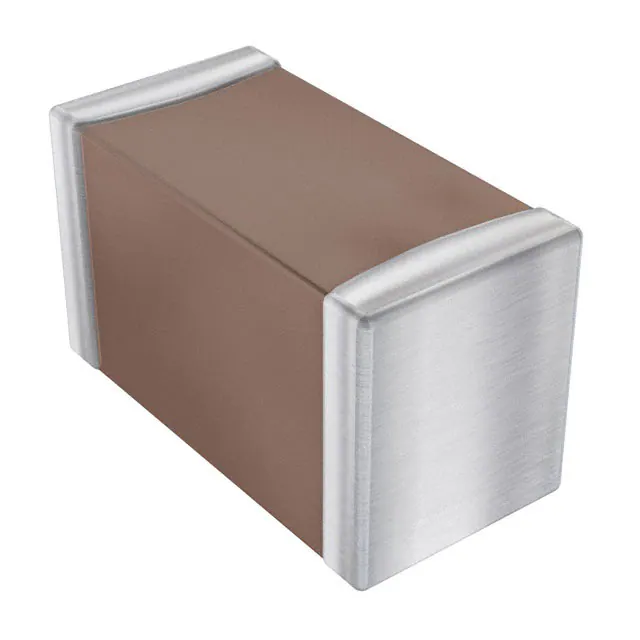Release Date: 01-19, 2024
Understanding the Importance of Circuit Protection Devices in Shielding Electronics

Shielding electronics is a crucial aspect of designing and manufacturing electronic devices in today's technologically advanced world. With the increasing complexity and sensitivity of electronic components, it is imperative to incorporate effective circuit protection devices to ensure optimal device performance and longevity. In this article, we will explore the role of circuit protection devices in shielding electronics and delve into the various types and applications of these devices.
The Significance of Circuit Protection Devices
Circuit protection devices are instrumental in safeguarding electronic circuits from potential damage caused by electrical faults, voltage spikes, electrostatic discharge (ESD), and other transient events. These devices provide a vital line of defense against unexpected power surges and faults, ensuring the reliable operation of electronic systems and preventing costly downtime.
Types of Circuit Protection Devices
Various types of circuit protection devices are available to cater to specific protection requirements. These include:
1. Overcurrent Protection Devices: Overcurrent protection devices, such as fuses and circuit breakers, safeguard against excessive current levels that could damage electronic components. Fuses interrupt the circuit when excessive current flows, while circuit breakers provide automatic resetting capabilities.
2. Surge Protection Devices: Surge protection devices, like metal oxide varistors (MOVs) and gas discharge tubes (GDTs), protect against voltage surges caused by lightning strikes, power grid fluctuations, or switching events. These devices divert excessive current to ground, preventing it from damaging sensitive electronics.
3. ESD Protection Devices: ESD protection devices, including transient voltage suppressors (TVS) and ESD diodes, shield against electrostatic discharges that can occur during handling, manufacturing, or regular device operation. These devices provide low impedance paths for ESD currents, effectively safeguarding sensitive components from damage.
4. Temperature Protection Devices: Temperature protection devices, like thermal fuses and temperature sensors, monitor and regulate the operating temperature of electronic components. These devices prevent overheating, which can lead to thermal runaway and permanent device damage.
5. EMI/EMC Protection Devices: Electromagnetic interference (EMI) and electromagnetic compatibility (EMC) protection devices, such as filters, shields, and ferrite beads, minimize the impact of electromagnetic interference on electronic circuits. They suppress unwanted noise and maintain signal integrity, ensuring reliable device operation in various environments.
Applications of Circuit Protection Devices
Circuit protection devices find applications across numerous industries and electronic devices. Some prominent applications include:
1. Automotive: Circuit protection devices are crucial in automotive electronics to safeguard against electrical faults and transients, ensuring the reliable operation of vehicle systems.
2. Consumer Electronics: From smartphones to home appliances, circuit protection devices protect consumer electronic devices from power surges, ESD, and other potential threats.
3. Industrial Equipment: Industrial machinery and equipment rely on circuit protection devices to prevent damage from power faults and ensure uninterrupted operation.
4. Telecommunications: Circuit protection devices are essential in telecommunications infrastructure to protect sensitive equipment from surges and EMI/EMC interference.
5. Medical Devices: Medical electronics require robust protection against electrical faults, ensuring patient safety and the reliability of critical medical systems.
Conclusion
In conclusion, circuit protection devices play a vital role in shielding electronics from potential damage caused by electrical faults, power surges, ESD, and other transient events. Incorporating the appropriate types of circuit protection devices in electronic device design and manufacturing is imperative to ensure reliable operation and prolong the lifespan of electronic systems. By understanding the significance of circuit protection devices and their diverse applications, manufacturers and design engineers can effectively protect sensitive electronics and enhance the overall functionality and performance of their products.